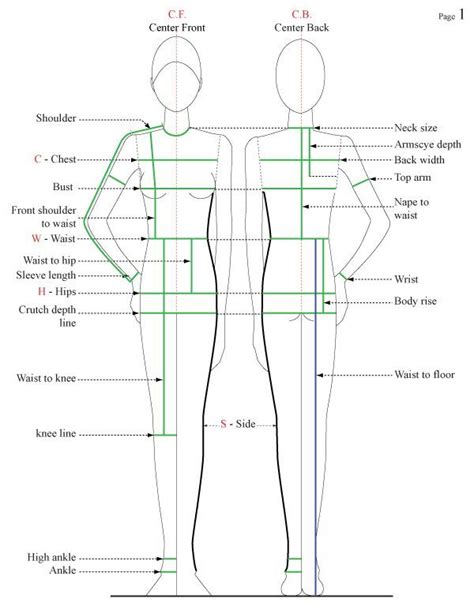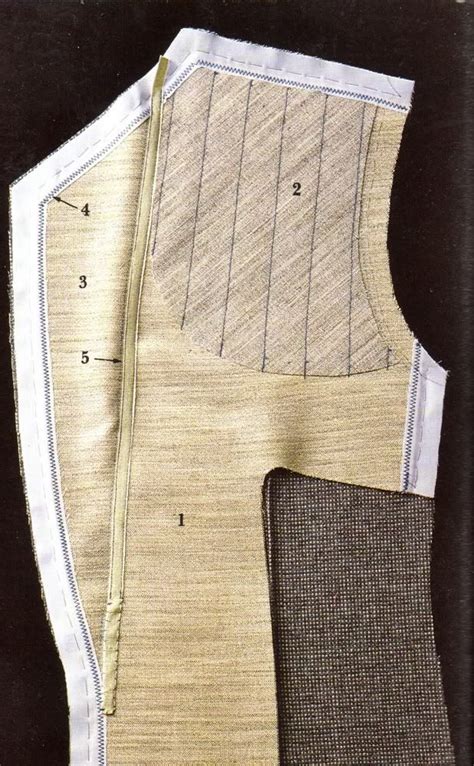Tailoring is an art that requires precision, patience, and a deep understanding of fabrics, textures, and human anatomy. Whether you're a professional tailor or an amateur enthusiast, mastering the craft of tailoring can elevate your garments from ordinary to extraordinary. In this article, we'll delve into the world of tailoring, exploring the intricacies of this ancient craft and providing you with 5 expert tips to take your tailoring skills to the next level.
Key Points
- Understanding fabric selection and its impact on garment construction
- Mastering the art of pattern making and garment drafting
- Developing skills in precision cutting and sewing techniques
- Learning to work with different textures and fabrics, including wool, cotton, and silk
- Applying finishing techniques to create a professional, polished look
Tip 1: Choose the Right Fabric

When it comes to tailoring, the fabric you choose can make or break the garment. Different fabrics have unique properties, such as texture, weight, and drape, that can affect the overall look and feel of the garment. For example, wool is a popular choice for tailored garments due to its warmth, breathability, and versatility. Cotton, on the other hand, is ideal for casual, everyday wear. Silk, with its lustrous sheen and smooth texture, is often reserved for special occasion garments. Understanding the characteristics of each fabric and selecting the right one for your project is crucial for achieving a professional finish.
Factors to Consider When Selecting Fabric
When choosing a fabric, consider the following factors: season, occasion, personal style, and garment type. For instance, a winter coat requires a warm, thick fabric such as wool or fleece, while a summer dress may call for a lightweight, breathable fabric like cotton or linen. Additionally, consider the care and maintenance requirements of the fabric, as well as any potential allergies or sensitivities.
| Fabric Type | Characteristics | Suitable For |
|---|---|---|
| Wool | Warm, breathable, versatile | Tailored garments, coats, suits |
| Cotton | Lightweight, breathable, absorbent | Casual wear, dresses, shirts |
| Silk | Lustrous, smooth, delicate | Special occasion garments, evening wear |

Tip 2: Master Pattern Making and Garment Drafting

Pattern making and garment drafting are essential skills for any tailor. A well-crafted pattern ensures a precise fit, while a poorly made pattern can result in a garment that is ill-fitting and unflattering. To master pattern making, start by creating a basic block pattern, which can be modified to create different garment styles. Invest in a good pattern making book or online course, and practice drafting patterns for various garments, such as dresses, shirts, and pants.
Tools and Techniques for Pattern Making
To get started with pattern making, you’ll need a few basic tools, including a ruler, pencil, paper, and a drafting table or board. Familiarize yourself with different pattern making techniques, such as draping, flat pattern making, and computer-aided design (CAD). Practice creating patterns for different garments, and don’t be afraid to make mistakes – they’re an essential part of the learning process.
Tip 3: Develop Precision Cutting and Sewing Techniques
Precision cutting and sewing are critical skills for any tailor. To develop these skills, start by practicing cutting and sewing straight lines, then gradually move on to more complex shapes and curves. Invest in a good pair of scissors, a rotary cutter, and a sewing machine, and take online courses or classes to improve your techniques. Remember to always press your seams as you go, and use a serger or overlock machine to finish your seams professionally.
Common Mistakes to Avoid
When cutting and sewing, there are several common mistakes to avoid, including cutting on the bias, using the wrong needle or thread, and not pressing seams as you go. To avoid these mistakes, take your time, work carefully, and always follow a pattern or tutorial. Don’t be afraid to rip out seams and start again if you make a mistake – it’s all part of the learning process.
Tip 4: Learn to Work with Different Textures and Fabrics
As a tailor, you’ll encounter a wide range of fabrics and textures, from smooth silks to thick wools. To work effectively with different fabrics, you need to understand their unique properties and how to handle them. For example, delicate fabrics like silk and chiffon require gentle handling and specialized sewing techniques, while thick fabrics like wool and fleece require more robust techniques and machinery. Practice working with different fabrics, and don’t be afraid to experiment and try new things.
Fabric Handling Techniques
When working with different fabrics, use specialized handling techniques to prevent damage and ensure a professional finish. For example, use a walking foot or Teflon foot on your sewing machine to guide thick or slippery fabrics, and use a sharp needle and polyester thread to sew delicate or stretchy fabrics. Always press your seams as you go, and use a steam iron to relax fabrics and remove wrinkles.
Tip 5: Apply Finishing Techniques for a Professional Look

The finishing touches on a garment can make all the difference between a homemade and professional look. To apply finishing techniques, start by pressing your seams and using a serger or overlock machine to finish your seams. Then, add any embellishments, such as buttons, zippers, or trim, and finally, add a professional label or tag to your garment. Remember to always use high-quality materials and techniques, and take your time to ensure a precise, polished finish.
What is the most important aspect of tailoring?
+The most important aspect of tailoring is attention to detail. A good tailor must be meticulous in their work, paying close attention to every seam, stitch, and detail to ensure a professional finish.
How do I choose the right fabric for my garment?
+To choose the right fabric, consider the season, occasion, personal style, and garment type. Research different fabrics and their properties, and don't be afraid to ask for advice or seek guidance from a professional tailor.
What is the best way to learn tailoring?
+The best way to learn tailoring is through a combination of online courses, classes, and hands-on practice. Start with the basics, such as pattern making and garment drafting, and gradually move on to more complex techniques and projects.
In conclusion, tailoring is a complex and nuanced craft that requires patience, practice, and attention to detail. By following these 5 tips and mastering the skills of fabric selection, pattern making, precision cutting and sewing, working with different textures and fabrics, and applying finishing techniques, you’ll be well on your way to creating professional, polished garments that will make you stand out from the crowd. Remember to always take your time, work carefully, and seek guidance from professionals when needed. With dedication and practice, you’ll become a skilled tailor, capable of creating beautiful, bespoke garments that will be treasured for years to come.


